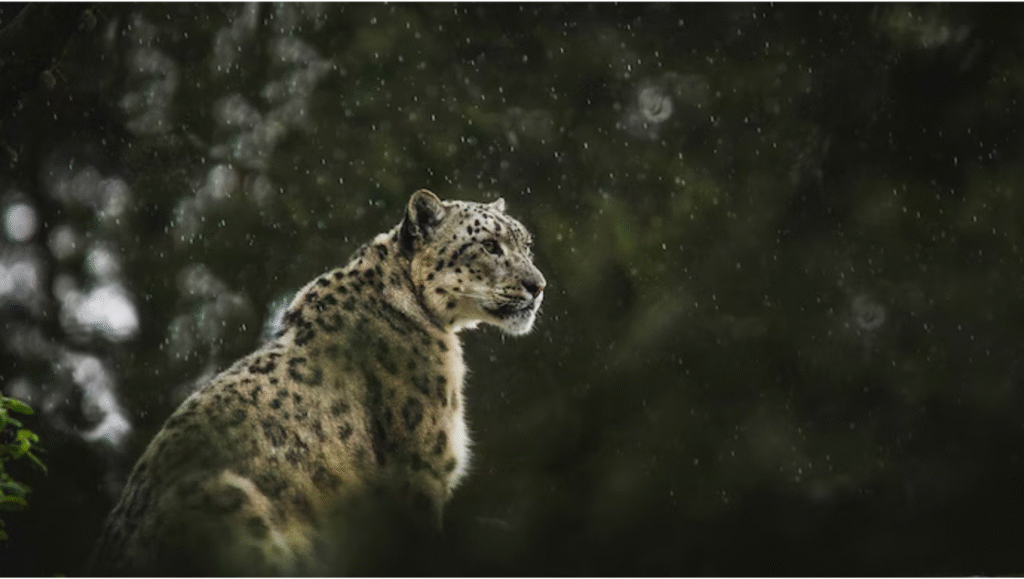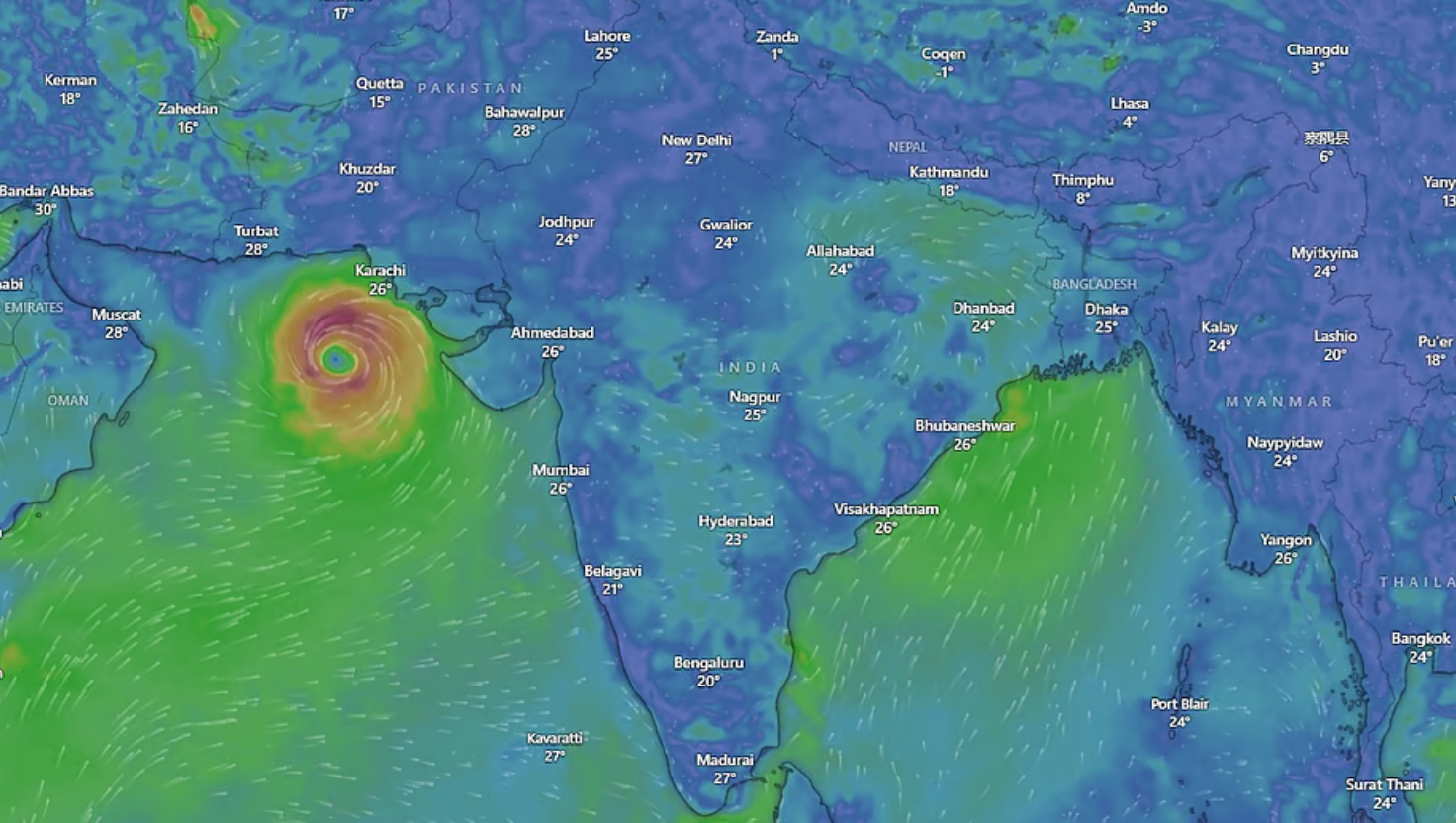Snow Leopard: Status, Habitat, and Conservation in the Himalayas
Syllabus: HP GK, Environment – Wildlife Conservation (UPSC Prelims)
Source: India Today
Context
A recent survey by the Himachal Pradesh Forest Department recorded 83 snow leopards in the state, an increase from 51 in 2021, reflecting positive conservation efforts in the region.
About the Snow Leopard (Panthera uncia)
Overview:
- A large, elusive wild cat, often called the “ghost of the mountains” for its camouflage and secretive behavior.
- State Animal of Himachal Pradesh and an important indicator species for fragile high-altitude ecosystems.
Geographical Range:
- Native to the high mountains of Central and South Asia, across 12 countries including Afghanistan, China, India, Nepal, and Mongolia.
- In India: Found in the Western Himalayas (J&K, Ladakh, Himachal Pradesh, Uttarakhand) and Eastern Himalayas (Sikkim, Arunachal Pradesh).
Conservation Status:
- Listed as Vulnerable (VU) on the IUCN Red List.
Physical and Biological Characteristics
Physical Traits:
- Fur & Camouflage: Thick white-grey coat with dark rosettes, blending with snow-covered rocky slopes.
- Strength & Agility: Powerful hind legs enable leaps up to six times their body length, aiding in hunting on steep terrain.
Diet and Territory:
- Diet: Strictly carnivorous—preys on blue sheep, Himalayan ibex, marmots, pikas, hares, and other high-altitude animals.
- Territory: Requires large ranges due to low prey density—5 sq. miles in Nepal to over 190 sq. miles in Mongolia.
Behavior and Habitat:
- Lifestyle: Mostly solitary and territorial; mothers raise cubs and mating occurs seasonally.
- Habitat: High-altitude cold deserts and rugged slopes above 3,000 m, often up to 5,500 m.
- Elusiveness: Shy and mostly nocturnal, making sightings extremely rare.
Significance
- Snow leopards act as umbrella species, indicating the health of fragile mountain ecosystems.
- Population increases, like the recent survey in Himachal Pradesh, reflect effective conservation measures including anti-poaching patrols and habitat protection.











